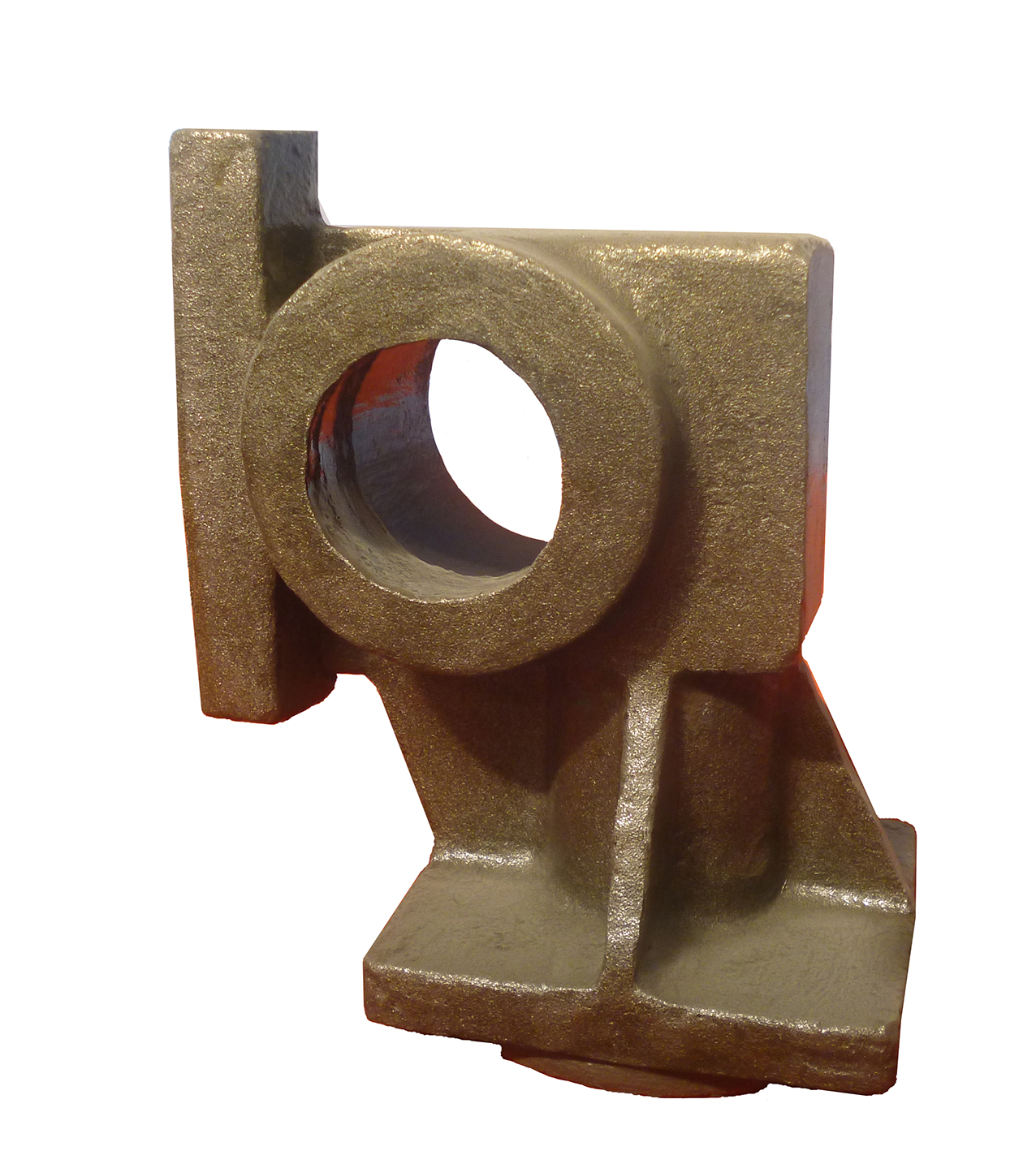Dec . 12, 2024 10:58 Back to list
cast iron
The Enduring Legacy of Cast Iron A Testament to Engineering and Craftsmanship
Cast iron, a material celebrated for its unique properties and versatility, has played an essential role in the development of countless products and structures throughout history. From cookware to industrial applications, the use of cast iron dates back centuries and continues to evolve with modern advancements. This article explores the historical significance, manufacturing process, benefits, and modern applications of cast iron, highlighting why it remains a favorite among engineers and artisans alike.
Historical Significance
The origins of cast iron can be traced back to ancient China, where it was first developed around 500 BC. By the 3rd century BC, the Chinese were already using cast iron to create tools and weapons. The technology gradually spread to the Western world, particularly in the Middle Ages when European countries began producing their own cast iron products. Cast iron's ability to be molded into intricate shapes made it particularly appealing for both functional and decorative purposes. Notable examples from this era include the iconic cast iron stoves and ornate railings that adorn many of Europe’s urban landscapes today.
As the Industrial Revolution gained momentum in the 18th century, cast iron became a crucial component in the construction of bridges, buildings, and machinery. Its strength and durability made it an ideal choice for structures that required resilience against heavy loads and harsh weather conditions. The famous Iron Bridge in Shropshire, England, built in 1779, is a prime example of cast iron's capabilities, showcasing engineering feats that were previously thought impossible.
Manufacturing Process
The process of making cast iron involves melting iron and alloying it with varying amounts of carbon, typically ranging from 2% to 4%. This mixture is then poured into molds to form different shapes and sizes. The cooling process allows the metal to solidify, resulting in a dense, hard material. There are several types of cast iron, including gray iron, ductile iron, and white iron, each possessing unique properties that cater to specific applications.
Gray cast iron, known for its excellent machinability and castability, is often used in automotive applications, such as engine blocks. Ductile cast iron, on the other hand, is characterized by its increased toughness and ductility, making it suitable for high-impact applications like pipes and heavy machinery components. Meanwhile, white cast iron, recognized for its hardness, is typically used for wear-resistant surfaces.
cast iron

Benefits of Cast Iron
One of the most significant advantages of cast iron is its ability to retain heat and distribute it evenly. This property makes cast iron cookware highly sought after by chefs and culinary enthusiasts alike. Cast iron skillets and Dutch ovens can withstand high temperatures and provide excellent heat retention, making them perfect for searing meats, baking bread, and slow-cooking stews.
Additionally, cast iron’s durability ensures that it can withstand the test of time. With proper care and seasoning, cast iron cookware can last for generations, building a rich history that adds character to every meal prepared in it. This longevity not only makes it an environmentally friendly choice but also a cost-effective one in the long run.
Modern Applications
In contemporary society, cast iron continues to find relevance in various industries. Its applications extend beyond cookware to include architectural elements, such as columns and facades, which enhance aesthetic appeal while providing structural support. Cast iron is also used in manufacturing heavy machinery, automotive parts, and pipes, showcasing its versatility in modern engineering.
Moreover, with the growing trend towards sustainable living, cast iron has re-emerged as a popular choice in kitchenware. Its ability to be recycled and repurposed aligns with eco-friendly practices, making it a preferred material for those looking to reduce their environmental footprint.
Conclusion
Cast iron stands as a testament to human ingenuity and craftsmanship, bridging the gap between ancient traditions and modern innovations. Its historical significance, unique manufacturing process, and myriad benefits make it an enduring material with a wealth of applications. As we continue to appreciate the strengths of cast iron, from its role in everyday cooking to its structural applications, it is clear that this traditional material will remain a cornerstone in both our kitchens and our industries for years to come. The story of cast iron is far from over; it evolves and adapts, just as we do.
-
Premium Cast Iron Water Main Pipe for Robust Infrastructure
NewsAug.27,2025
-
A-Rated Cast Aluminum Boilers: High-Efficiency Condensing Gas & LPG
NewsAug.26,2025
-
OEM Cast Silicon Aluminum Alloy Heat Exchanger | Custom & High Performance
NewsAug.25,2025
-
Centrifugally Cast Iron Water Main Pipe | Ductile Iron Solutions
NewsAug.24,2025
-
Durable Cast Steel Concrete Pipe Mold Bottom Rings & Base Trays
NewsAug.23,2025
-
Centrifugally Cast Iron Water Main Pipe for Reliable Mains
NewsAug.22,2025


